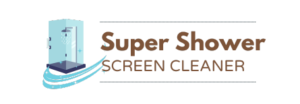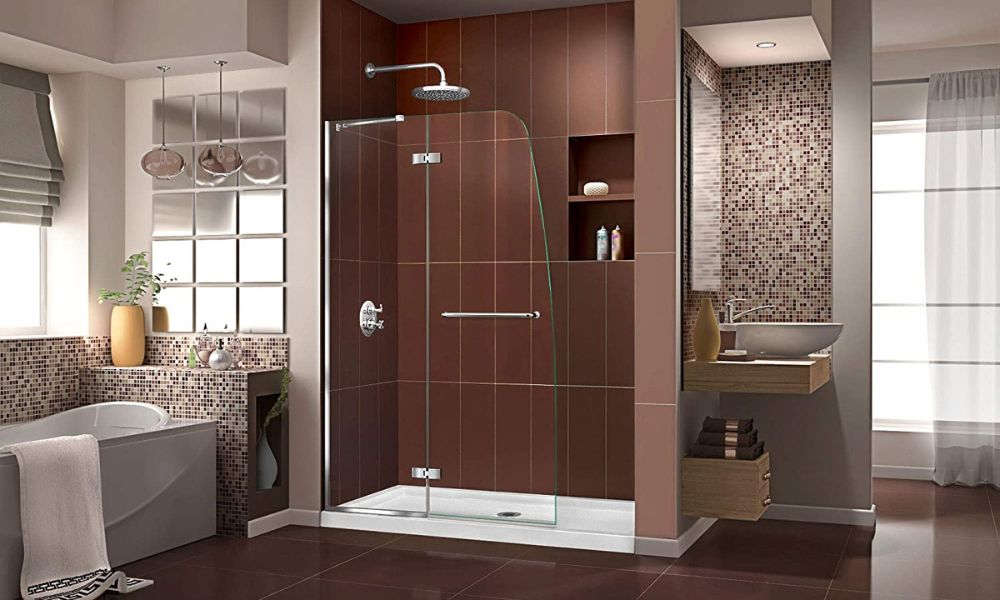Limescale is a pesky build-up that can form on shower screens over time. It’s not only unsightly, but it can also be difficult to remove. Fortunately, there are several things you can do to help prevent limescale from forming in the first place. In this post, we’ll take a look at some of the best ways to protect your shower screen from limescale. So if you’re looking for a little guidance on how to keep your shower looking great, read on!
What is limescale and why does it form on shower screens
Most people have seen limescale before, even if they don’t know what it is. Limescale is a chalky white substance that often forms on water fixtures like shower screens, faucets, and drainage pipes. When water containing high levels of calcium and magnesium evaporates, the minerals are left behind and can eventually build up into a thick layer.
In addition to being unsightly, limescale can also be difficult to remove and can cause damage to fixtures over time. While there are some commercial cleaners that can help to remove limescale buildup, the best way to prevent it from forming in the first place is to install a water softener.
Water softeners work by exchanging the calcium and magnesium ions in hard water for sodium ions, which do not form limescale. As a result, installing a water softener can help to keep your fixtures free of limescale and looking like new.
How to identify if you have a limescale problem
Limescale is a hard, chalky deposit that can build up on fixtures and appliances over time. It is usually white or off-white in color, and it can be very difficult to remove once it has set in. If you suspect that you have a limescale problem, there are a few ways to confirm it.
One telltale sign of limescale is a chalky residue on fixtures or surfaces that come into contact with water. This residue can be difficult to wipe away, and it often leaves behind a dull film. Another way to identify limescale is to look for hardened deposits around taps, showerheads, or other water outlets. These deposits are often white or cloudy in appearance and can be quite difficult to remove. finally, if your water has an unusual taste or odor, this could also be due to the presence of limescale.
If you suspect that you have a limescale problem, there are a few things you can do to resolve it. First, you can try descaling your fixtures with a mild acidic solution. You can also install a water softener, which will help to prevent limescale from forming in the first place. Finally, be sure to regularly clean your fixtures and appliances to help keep limescale at bay.
The best ways to prevent limescale from forming on your shower screen
Limescale is a build-up of calcium carbonate that can occur when water evaporates, leaving behind mineral deposits. Not only is limescale unsightly, but it can also be difficult to remove once it has formed. Fortunately, there are a few simple steps you can take to prevent this problem from occurring in the first place. Start by ensuring that your shower screen is clean and free of soap scum.
This will help the water to sheet off more quickly, reducing the amount of time that the calcium carbonate has to form. You should also install a high-quality water softener, which will remove many of the minerals that cause limescale formation.
Finally, consider using a descaling solution on a regular basis to help break down any deposits that do occur. By taking these measures, you can keep your shower screen looking sparkling clean for years to come.
How to clean and remove limescale from your shower screen
Over time, limescale can build up on your shower screen, making it difficult to see through and causing water to bead up on the surface. descaling shower screens is important for both aesthetics and function. There are a few different ways to clean limescale, depending on how much build-up there is.
For light cleaning, mix equal parts white vinegar and water in a spray bottle and spritz the solution onto the shower screen. Let it sit for 10-15 minutes, then wipe it away with a sponge or soft cloth. If you have heavy limescale buildup, you can make a stronger solution by boiling water and adding 1 part vinegar for every 2 parts water.
Pour this solution into a bucket and dunk a sponge or soft brush into it. Scrub the limescale vigorously until it starts to come off, then rinse away with clean water. You can also purchase a commercial limescale remover from your local hardware store. Follow the instructions on the package, but generally, you will need to apply the product to the shower screen and let it sit for a few minutes before scrubbing it away.
Whichever method you choose, be sure to rinse the shower screen well after cleaning to remove any residue. With a little effort, you can keep your shower screen clean and clear of unsightly limescale buildup.
Bottom Line
While limescale is a natural occurrence, it doesn’t have to be an unsightly one. By understanding what limescale is and how to prevent it from forming, you can keep your shower screen looking clean and new for years to come. If you do find that you have a build-up of limescale on your screen, don’t worry – there are plenty of ways to clean it off. Just follow the tips in this post and you’ll be good to go!



